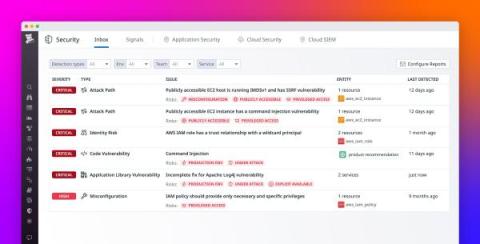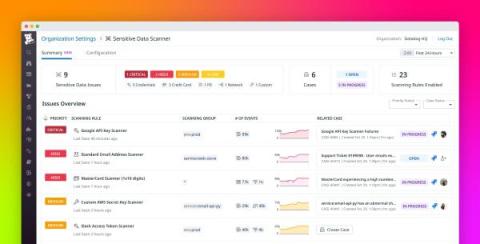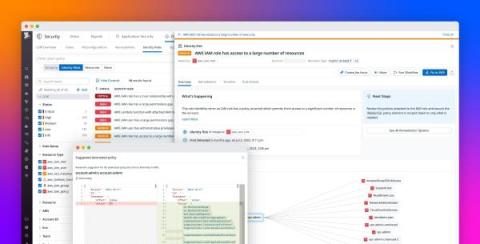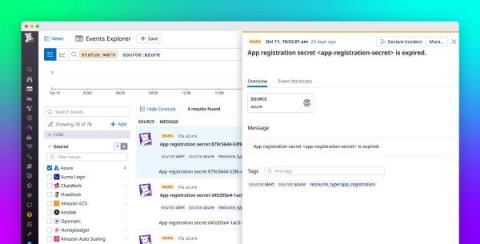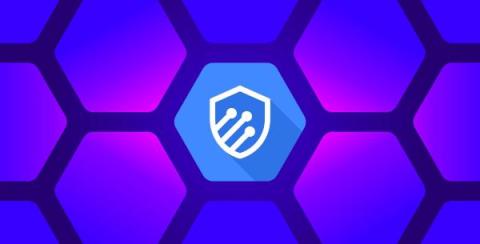Datadog announces commitment to achieving FedRAMP High and Impact Level 5 authorizations
As government agencies accelerate their adoption of cloud technologies—particularly SaaS applications—they need to adhere to strict compliance and security standards. The Federal Risk and Authorization Management Program (FedRAMP) sets these standards for civilian federal agencies, while the Impact Levels laid out by the Defense Information Systems Agency (DISA) in their Cloud Computing Security Requirements Guide set guidelines for Department of Defense (DoD) agencies.





